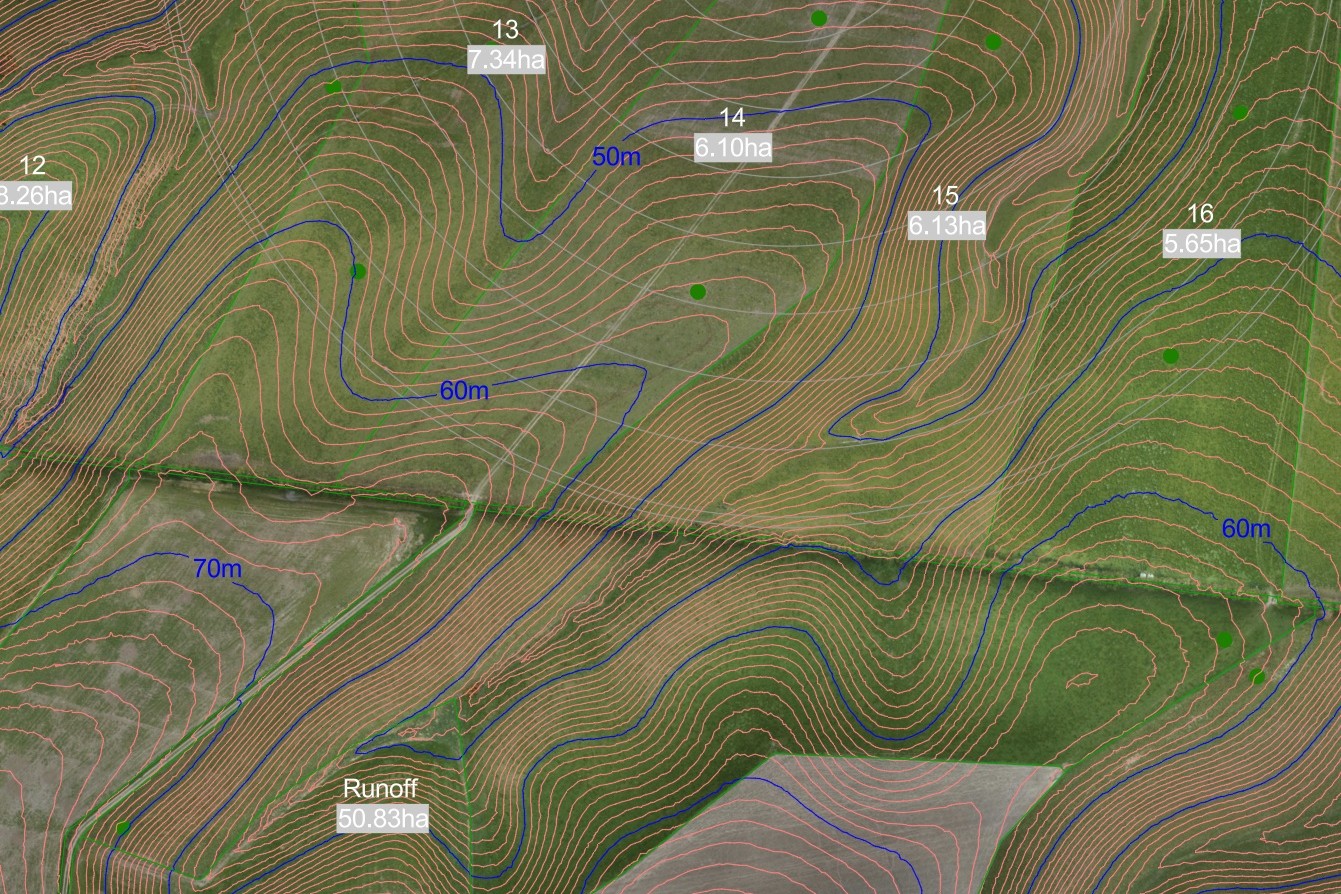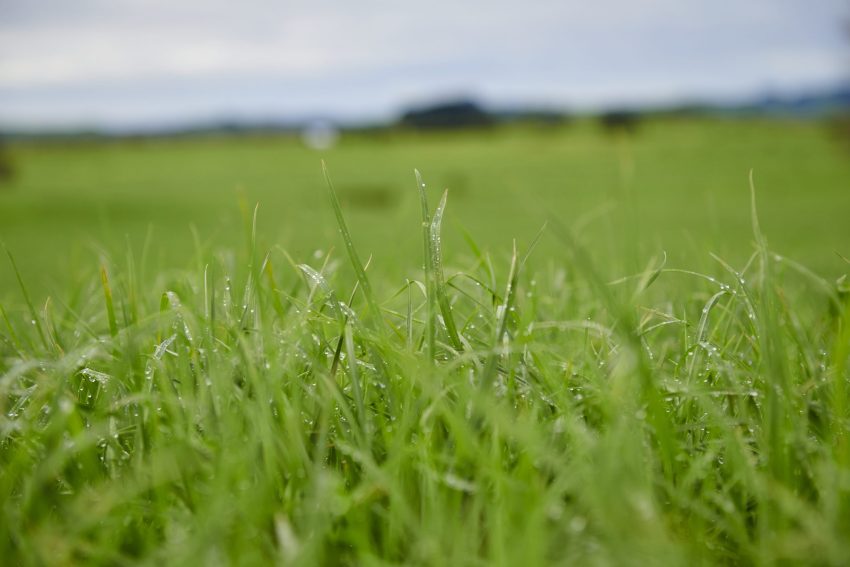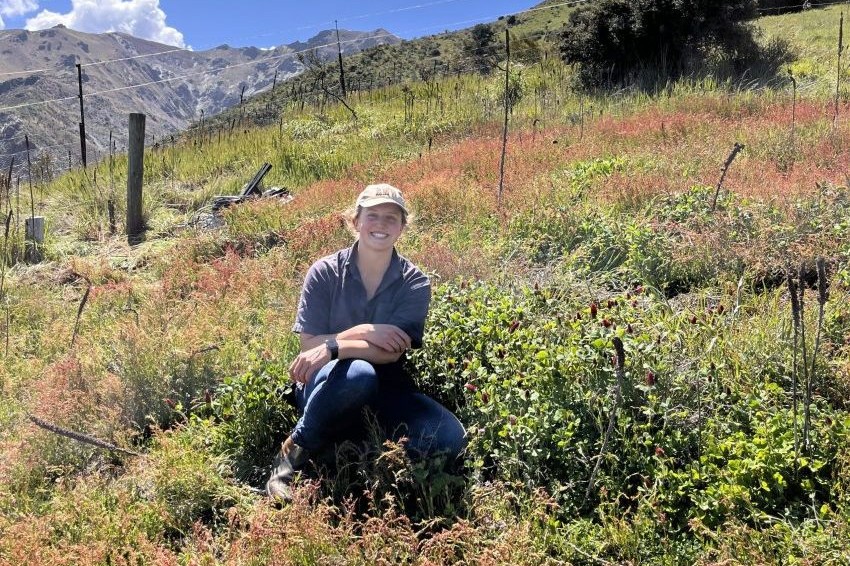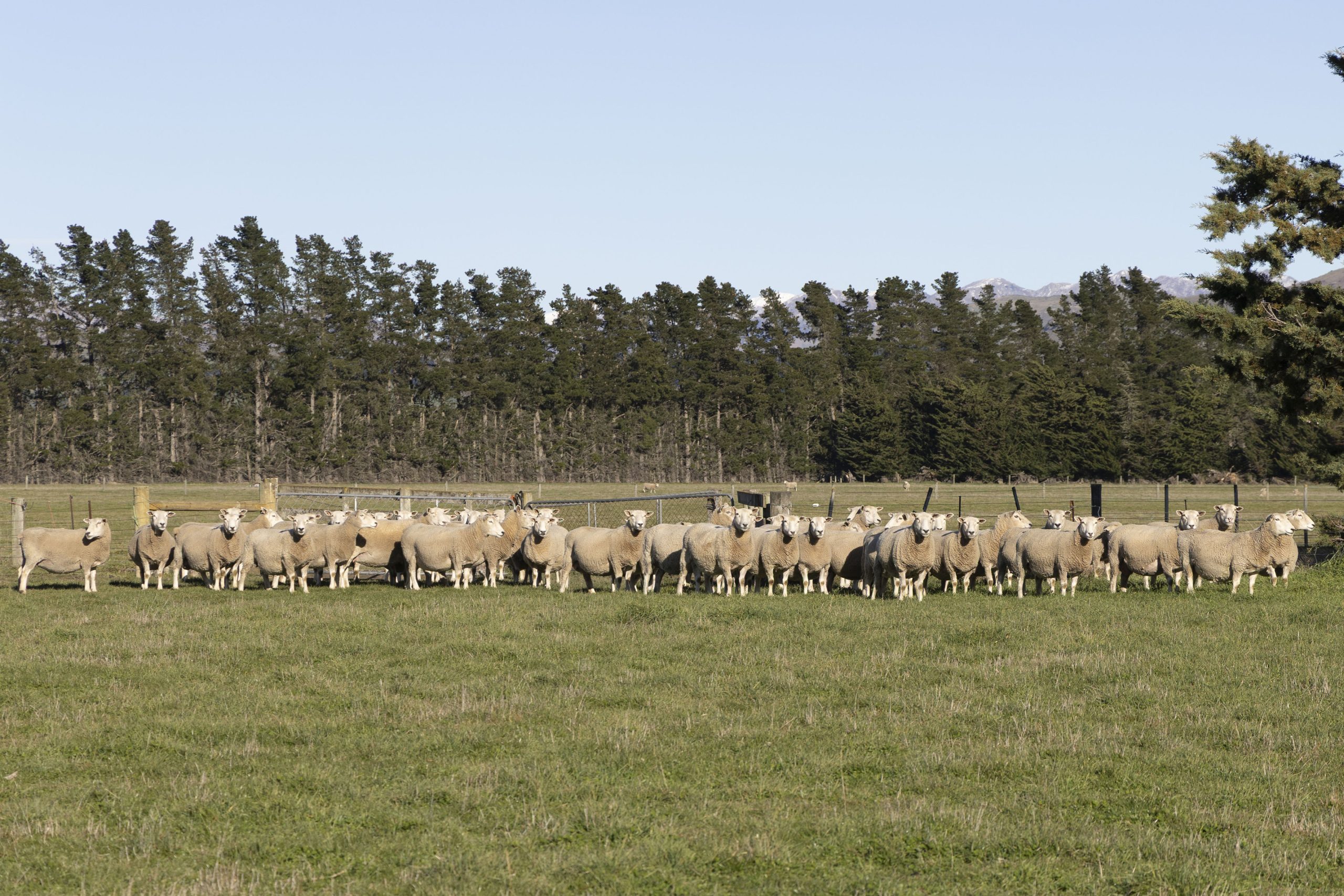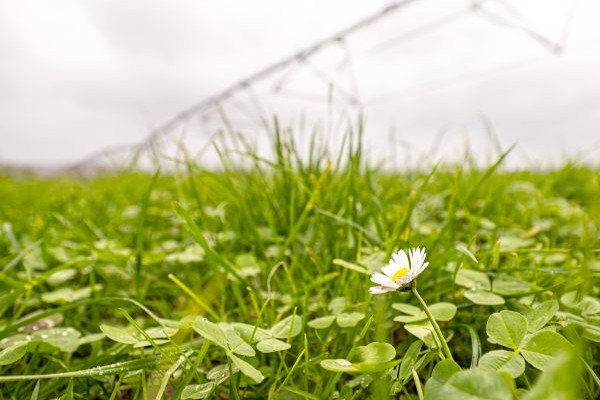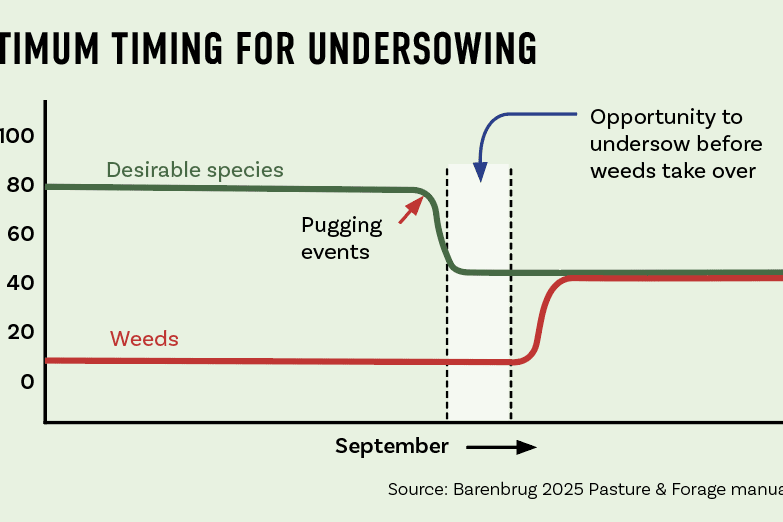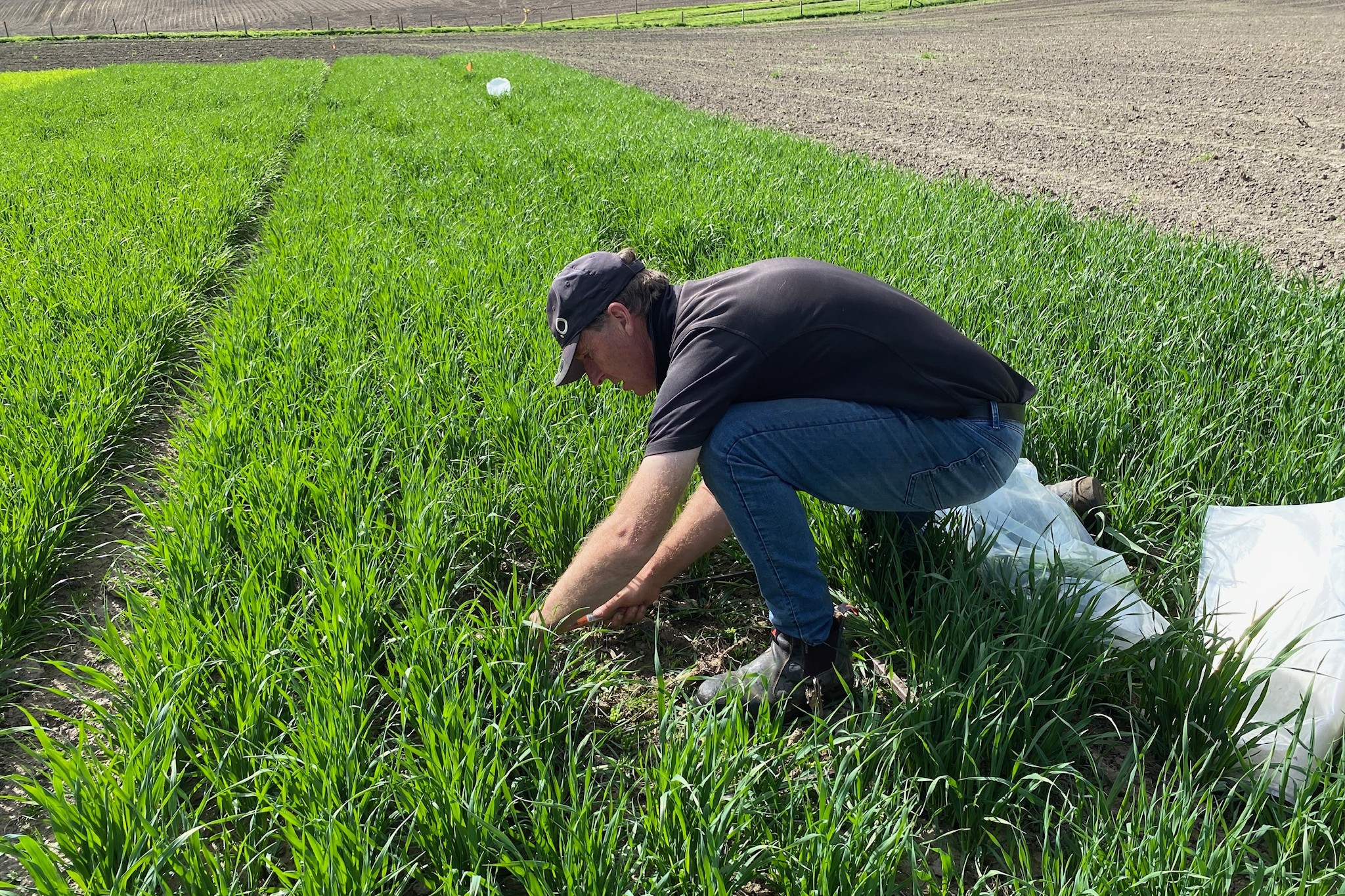Crops and Forage
Counting crops
Taking a bird’s eye view is bringing a level of accuracy to a range of on-farm practices, allowing precise plant counts for crops such as fodder beet and giving pinpoint positioning of disease issues. Words Anne Lee.
Farmers lead the drive for resilient pastures
Northland farmers at the sharp end of climate change are putting their experience and knowledge to good use, working with DairyNZ and research partners to develop pasture mixes that will underpin hardy and sustainable farming systems for a changing climate. Words Inside Dairy - DairyNZ. Photos Craig Brown.
New legume species
Drier, low fertility soils, span over 500,000ha of New Zealand farmland and in many cases traditional white and red clover struggle and in some cases so does lucerne. Dr. Lucy Bell explores the future commercial potential of new legume species. Words Sarah Perriam-Lampp.
Pasture management 101
Understanding how pasture plants grow will give farmers the ability to manage pastures to optimise productivity, persistence and profitability.
Legumes drive high performance
Legumes are the engine room that drive the Zino family’s sheep, beef and deer operation with their whole farm system geared around these high-protein forages. Words Sandra Taylor, Photos Lucy Hunter-Weston.
Springboard Your Irrigation Season
Spring can be a mixed bag of weather but ideal for preparation to reset, rethink, and retool your irrigation strategy. Words Kathryn Healy.
Fix Pasture Damage From Pugging With Direct Drilling
After a wet winter September is the only window of opportunity you have to fix damage from pugging to avoid an explosion of weeds and a major drop in pasture production. Words Sarah Perriam-Lampp.
Summer forages a double win
Crops like Pallaton Raphnobrassica, lucerne, Relish red clover, Ecotain plantain-clovers, Sika chicory-clovers grazed in the summer show promise in a recent study for reducing worm challenge in lambs on farms which can help with drench resistance issues through less drenching, while also lifting lamb growth rates. Words Sarah Perriam-Lampp.
Pushing the Boundaries of Catch Crops
Imagine if a crop could be both productive and improve environmental outcomes in a cold and wet climate. Plant & Food Research have been working with several Canterbury catchment groups to ground the science to see if forage oats can reduce the risk of nitrate leaching losses even in the toughest conditions.Words Sarah Perriam-Lampp.
Meticulous planning key to winter forage crop management
Winter forage crops are a critical part of Robert Young’s Southland farming operation. Sandra Taylor showcases the plans he puts in place to protect animal welfare and soil and water resources while these crops are being grazed. Words Sandra Taylor.

